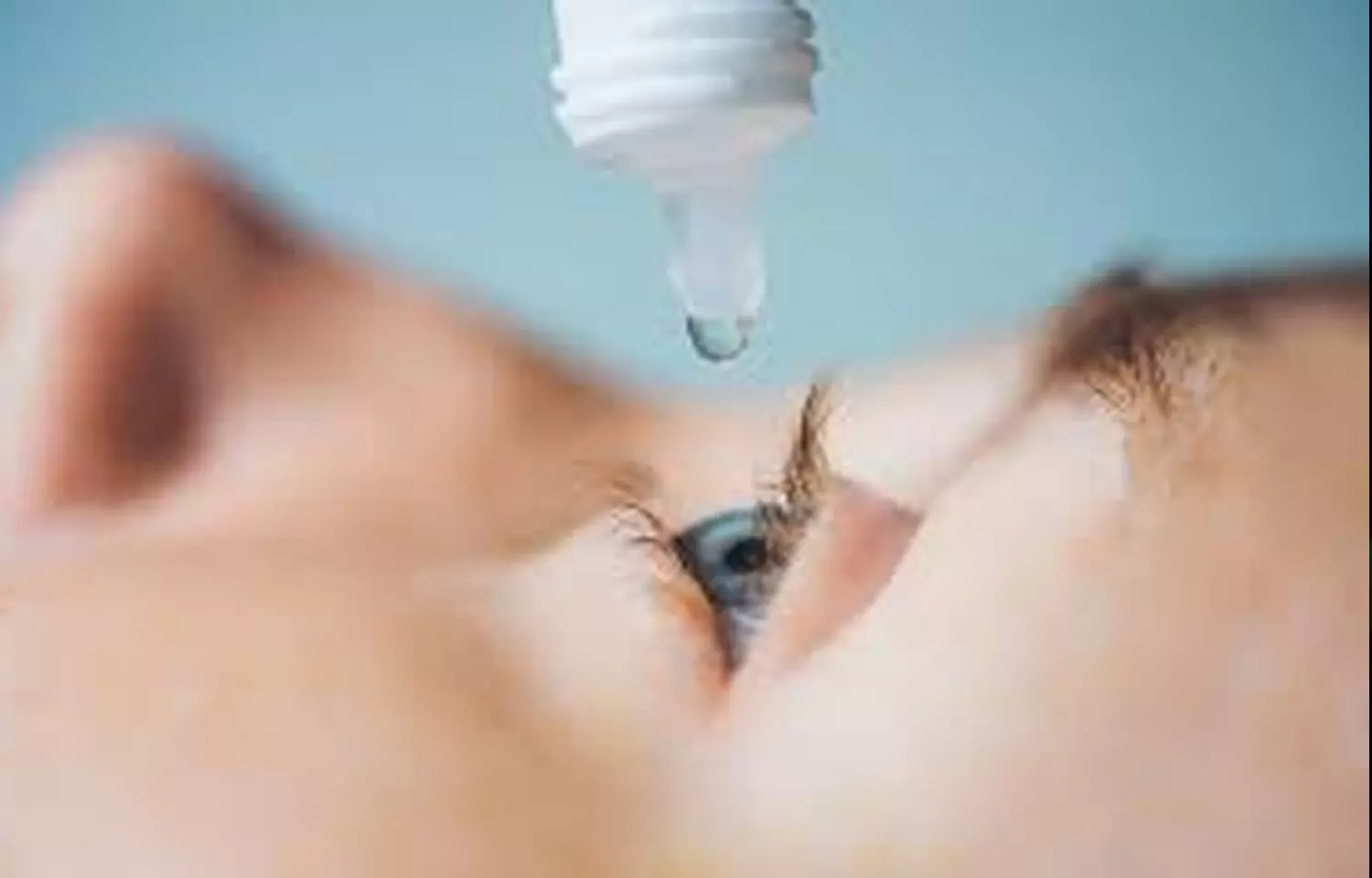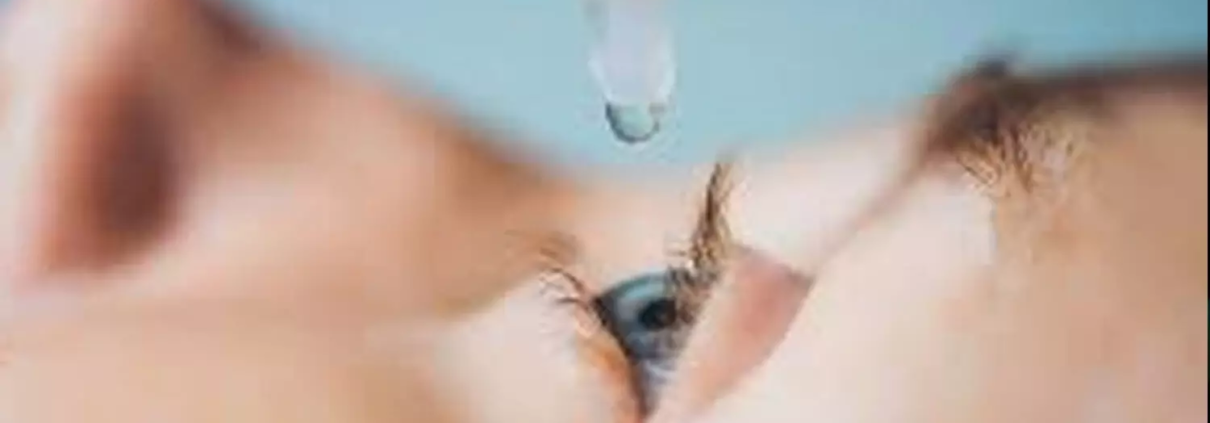0.01% atropine eye drops slows myopia progression without interfering with exotropia: JAMA

Intermittent exotropia (IXT), characterized by an
intermittent outward deviation of 1 or both eyes, is one of the most common
types of strabismus, particularly in Asian countries. Exotropia and myopia are
commonly coexistent. Myopia has been identified as a risk factor for
concomitant exotropia. It is thought that myopia is associated with a decreased
demand for accommodation and, hence, lower convergence and a predisposition for
developing exotropia. On the other hand, IXT has been regarded as a risk factor
for myopia onset and progression.
In patients with IXT, additional accommodative convergence
is required to maintain binocular vision and ocular alignment, which might
increase accommodative loads and, hence, myopia progression. Alternatively, it
was speculated that increased convergence demand (via convergence
accommodation/ convergence), rather than accommodation, contributes to the
myopia development in IXT.
Increased attention and further investigation seem warranted
in the management of myopia progression in children with IXT, prompting this
evaluation of low-concentration atropine in children with IXT, as previous
clinical trials of atropine for myopia control excluded children with
strabismus. The current 2-year, placebo-controlled, randomized clinical trial
included evaluation of the effects of 0.01% atropine eye drops on accommodative
changes, exotropia conditions, and binocular vision in children with myopia and
IXT (AMIXT) for which we report the 1-year primary results.
This placebo-controlled, double-masked, randomized clinical
trial was conducted from December 2020 to September 2023. Children aged 6 to 12
years with basic-type IXT and myopia of −0.50 to −6.00 diopters (D) after
cycloplegic refraction in both eyes were enrolled. Participants were randomly
assigned in a 2:1 ratio to 0.01% atropine or placebo eye drops administered in
both eyes once at night for 12 months. The primary outcome was change in
cycloplegic spherical equivalent from baseline at 1 year. Secondary outcomes
included change in axial length (AL), accommodative amplitude (AA), exotropia
conditions, and binocular vision at 1 year.
Among 323 screened participants, 300 children were included
in this study. A total of 200 children (66.7%) were in the atropine group, and
100 (33.3%) were in the placebo group. At 1 year, the 0.01% atropine group had
slower spherical equivalent progression (P < .001) and AL elongation (P <
.001) than the placebo group. The mean AA change was −3.06 D vs 0.12 D (P <
.001) in the atropine and placebo groups, respectively. The 0.01% atropine
group had a decrease in near magnitude of exodeviation whereas the placebo
group had an increase (P = .03). In the atropine vs placebo group,
respectively, the incidence of study drug-related photophobia was 6.0% (12 of
200 participants) vs 8.0% (8 of 100 participants; P = .51) and for blurred near
vision was 6.0% (12 of 200 participants) vs 7.0% (7 of 100 participants) (P =
.74).
The AMIXT randomized clinical trial evaluated the efficacy
and safety of 0.01% atropine eye drops on myopia progression, exotropia
conditions, binocular vision, monocular function, and safety parameters in
individuals with myopia and IXT at 1 year. The 0.01% atropine group had slower
myopia progression in both spherical equivalent measurement and AL among
children with myopia and IXT. The 0.01% atropine group did not appear to have
aggravated exotropia conditions, in terms of magnitude of exodeviation and
exotropia control. The 0.01% atropine group did not appear to have worse
binocular vision, supported by assessment of distant stereoacuity, near
stereoacuity, NPC, AC/A, and FVA. In addition, the use of 0.01% atropine
appeared safe with a mild decrease in AA and a mild increase in pupil size;
stability of BCVA, near vision, IOP, and ECD; and low incidence of adverse
events.
In summary, this placebo-controlled, double-masked,
randomized clinical trial established that 0.01% atropine eye drops, although compromising
AA to some extent, appeared effective and safe in slowing myopia progression
without interfering with exotropia conditions or binocular vision in children
with myopia and IXT.
Source: Zijin Wang, MD; Tianxi Li, MD; Xiaoxia Zuo, MD; JAMA
Ophthalmol. doi:10.1001/jamaophthalmol.2024.2295 Published online July 3, 2024.



